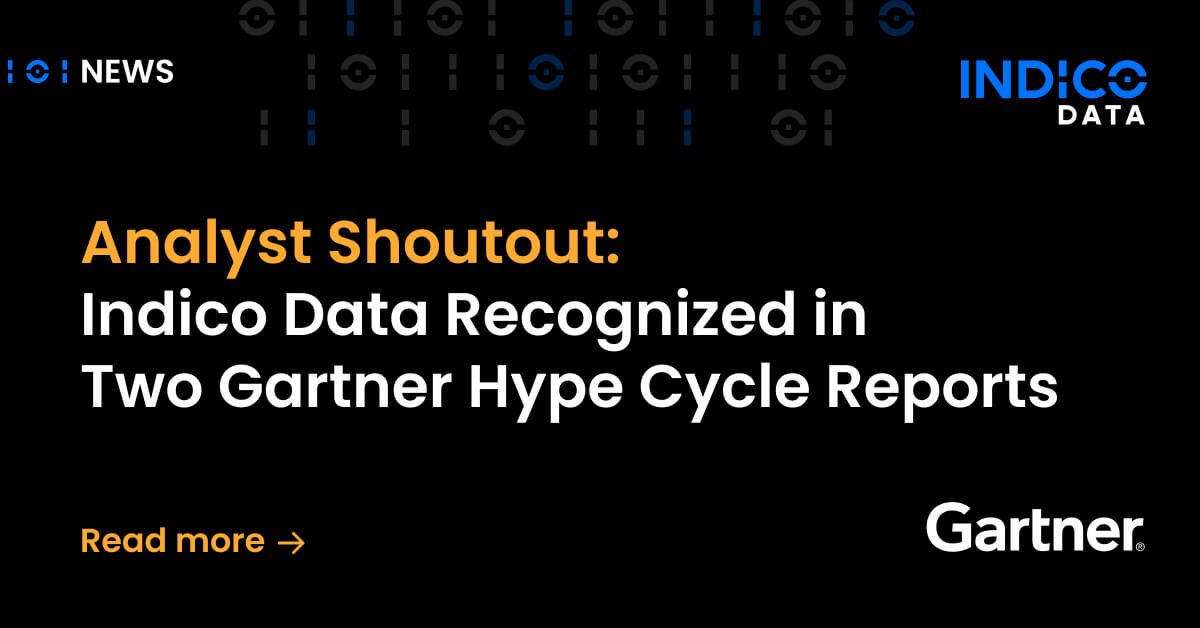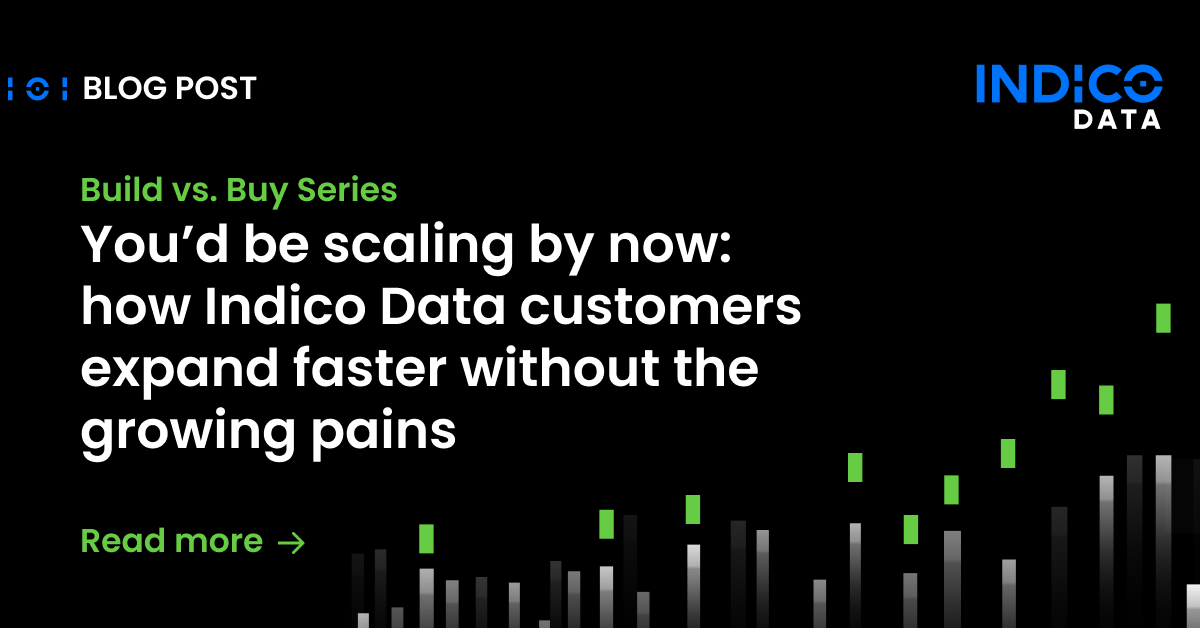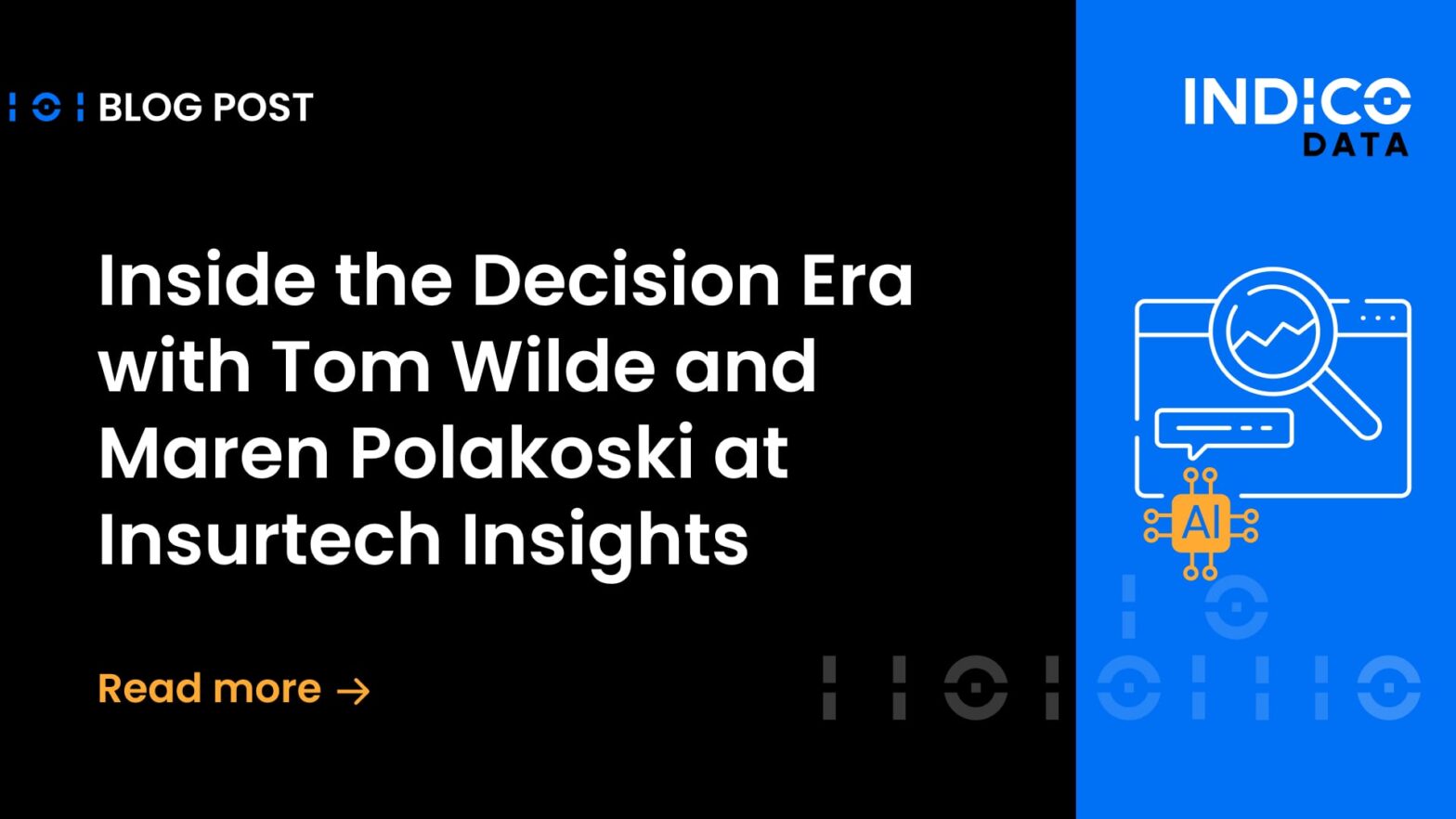Perhaps it’s not emphasized enough what the “intelligent” in intelligent document processing really means. It refers to various forms of artificial intelligence, which is what sets IDP apart from earlier, more rudimentary forms of automated document processing including robotic process automation.
In this post, we’ll explain the sorts of AI components required to achieve truly intelligent document processing, the kind that can deliver an 85% reduction in process cycle times and a 4x increase in process capacity with the same employee headcount. Consider this a cheat sheet to identifying the sorts of technologies any vendor who professes to offer intelligent document processing or intelligent automation should have in their arsenal. If they don’t, or try to fudge a response, that’s a good indication they’re really hawking RPA or some kind of templated approach to automation.
Machine learning and deep learning
Artificial intelligence technology normally requires vast amounts of data, tremendous processing power, and highly experienced (and expensive) data scientists to achieve meaningful results. That puts it out of reach for all but the largest companies with the deepest pockets, and certainly well beyond the realm of line of business people struggling with labor-intensive processes that could benefit from automation.
Machine learning and deep learning change that equation. Machine learning is the ability to examine a large data set and derive meaningful results, without human hand-holding every step of the way. One way to look at it is by instead of asking, “How do I answer this question?”, you instead show the result you’re after and use ML to determine how to get there – every time, even with different data sets.
Getting to that point requires deep learning, which is a subset of machine learning involving algorithms inspired by the human brain that learn from large amounts of data. Deep learning algorithms perform a task repeatedly, tweaking it each time to improve the outcome.
Having vast amounts of data to work on are crucial to both machine and deep learning (or any form of AI, really). When assessing an intelligent document processing solution, be sure to ask about the database on which it’s built. The Indico Unstructured Data Platform, for example, is based on some 500 million labeled data points. That’s the kind of depth required to provide context behind most any data you’re likely to come across.
Transfer learning and multimodal use cases
Transfer learning is crucial to making that vast database accessible to not just data scientists, but everyday business people – so-called citizen data scientists. It allows customers to build machine learning models by labeling as few as 200 sample documents. Transfer learning takes advantage of the underlying massive database to enable the sample dataset to perform as if it was really tens of thousands of samples.
The Indico Data database is also powerful enough to enable users to incorporate most any type of data they want, including text, images and video. That’s a key differentiator from most AI systems, which confine users to a single data type. The result is a far higher degree of accuracy with use cases involving different data types of unstructured data, such as an insurance claims process.
Continual improvement
Another consideration is the ability of models to adjust over time. As anyone who has dealt with RPA or templated approaches to automation well knows, processes change over time as new data types or documents come along. A good IDP model should be able to adapt accordingly.
As data passes through a production model, it should capture any user corrections, feed them back into a staged version of the model and, eventually, into production versions. In that fashion, the model continually keeps up with changes.
Part of the beauty of the Indico Data approach to intelligent data processing is it hides all this complex AI technology from end users. Instead, the business people who know processes best use a simple interface to label the actual documents involved in a process, telling the model which bits of data are important. Within hours, they can come up with a process automation model that performs with extremely high accuracy.
To learn more about how the AI capabilities inherent in the Indico Data Unstructured Platform can dramatically increase the productivity of your employees, check out our interactive demo. You can also schedule an in-depth demo or engage in a free trial. Either way, you’ll see real AI in action.


